Monday Morning Update 10/4/10
From D.B. Platypus: “Re: ACO. The NorCal HIMSS chapter sponsored a CIO forum on October 1. A speaker showed this video. It had everyone rolling on the floor in a fit of hysteria.” I like it, although someone sent Inga a similar video that we posted on HIStalkTV that I like even better. My newest oft-repeated monotonic mantra from that one involving orthopods: “There is a fracture. I need to fix it.”
From CPAhole: “Re: Allscripts/KLAS. I’ve worked with numerous Allscripts/A4 reps and they did as they were instructed, sitting next to their clients as they completed the survey. KLAS outed the company. Of course Allscripts will take the high road and say they have a better system, but what else would they say?” Unverified.
From Lemmy: “Re: another stolen unencrypted laptop. Here’s the CIO’s internal e-mail from Harvard Vanguard Medical Associates.” I don’t recall seeing this previously, but the purported e-mail says that a vendor-owned laptop containing urodynamic testing data was stolen on August 3. It contained minimal information (name, date of birth, physician, MRN, and testing data). Massachusetts law required encryption starting March 1, 2010 as I understand it, so that might be a problem.
From Elaine: “Re: HIEs. I’m a new HIE manager within our health system and am interested in any data sources regarding interoperability discussions or lessons learned.” I’m sure people are reading who know a lot more than me, so add a comment to the bottom of this post if you can help Elaine.
From The PACS Designer: “Re: iPad’s little sister. Apple is working on a smaller 7" iPad for release early next year. This little sister iPad weighs only 1.1 pounds and will have front- and back-facing cameras. This smaller sized iPad may be of interest to our heathcare colleagues if they can produce it with a case that can be disinfected.”
Listening: Delain, female-led Dutch symphonic metal. Also, reader-recommended Pretty Lights, Boulder-based electronica (two guys doing something between DJing and playing) with some impressive live performances that mix several genres, mostly hip-hop and and synthesizer. Not something I usually like, but it sounds good (probably even better as a soundtrack to romance, I’m thinking without much credibility).
Meditech says it will expand again, adding hundreds of new jobs to be housed in newly built Fall River buildings. Sales in 2009 were $234 million, up 38% from the year before.
This week’s internal e-mail blast from Kaiser chairman and CEO George Halvorson says the company has donated its internally developed clinical terminology translation engine to the US government, accepted by HHS Secretary Sebelius, CTO Chopra, and National Coordinator Blumenthal. From the example he gave,the Convergent Medical Terminology utility can convert 75,000 terms back and forth, for example between ICD-9, ICD-10, and SNOMED. It will be distributed as open source by the National Library of Medicine.
Drummond Group issued the first ONC-ATCB EHR certifications, but CCHIT trumps them on quantity, announcing Friday that it has certified 33 EHR products (19 complete systems, 14 modules) in the 10 days since its program started. I’m not sure that will instill confidence in folks who have always questioned the rigor involved since they can apparently crank out three per day including weekends, but there you go. HIStalk sponsors that have newly certified products are Allscripts, NextGen, eClinicalWorks, T-System, and Wellsoft.
Transcription service outsourcer iMedX acquires FORE Transcriptions. And transcription software and services vendor MedQuist gets $310 million in financing, mostly from GE Capital, with the resulting announced dividend causing shares to hit a three-year high (strictly by investors looking to get the dividend – otherwise, borrowing money to pay a dividend isn’t exactly a robust growth engine). What’s with all the sudden interest in transcription companies?
Nearly two-thirds of respondents say KLAS reviews aren’t useful to providers, although I’m sure many of those respondents work for vendors ranked by KLAS as lower than #1. New poll to your right, requested by a reader: providers, which department will conduct and submit your Meaningful Use self-attestations?
Longmont United Hospital (CO) says VHA’s PriceLYNX vendor price comparison tool paid for itself immediately when a vendor was caught overcharging the hospital by $120K and returned the money. The materials manager says the software will allow him to negotiate price reductions of 8-20%, saving the hospital up to $4 million over the life of the contract.
This BBC article on real-time computing is interesting and scary. It says 50 to 70% of banks use it to perform algorithm-based trading of stocks and complex financial instruments. The example given is in trading stocks of two oil companies whose share prices usually follow each other closely. The software can check prices every 10 seconds and blindly buy Stock A shares if Stock B moves up even a tenth of a point. SAP says that kind of situational analysis may be useful in medicine, such as in monitoring the blood glucose of diabetics. Let’s hope the medical application is dissimilar from that of the money changers, whose computer-assisted self-destruction may yet take us all down with them.
Speaking of SAP, HP and “The Most Inept Board in America” choose the former CEO of SAP to be HP’s next CEO. SAP fired the Germany-born Leo Apotheker after a disastrous seven months as CEO, although some say he was the scapegoat for a terrible company strategy that predated him. HP is paying him like he’s a star: $1.2 million in salary, incentives of 200-500% of that with $2.4 million guaranteed, $72 million in options, a $4 million signing bonus, and $4.6 million in moving expenses (that’s a lot of U-Hauls). I’ll go with the summary of Oracle CEO Larry Ellison: “I’m speechless. HP had several good internal candidates…but instead they pick a guy who was recently fired because he did such a bad job of running SAP.” Their pre-Hurd CEO pick was an ultra-expensive termination, too: HP’s value dropped in half after Carly Fiorina orchestrated the company’s merger with Compaq. She was let go in an ugly fight about the time the company admitted that it spied on the personal phone records of journalists and its own board members trying to find out who was leaking information about its strategy.
The Dallas Business Journal summarizes the “long, expensive, and full of twists” EMR implementation projects of local hospitals. The hospital costs and associated taxpayer-funded EMR bribes: Texas Health Resources, $200 million, $70 million; Baylor, $200 million, $45 million; Parkland, $70 million and no stimulus funds. Parkland said they won’t go after ARRA money because their upgrades were underway before ARRA was passed, which seems puzzling since HITECH money doesn’t require spending anything, just demonstrating Meaningful Use (unless the reporter or I misinterpreted).
University of Virginia Medical Center goes live with Epic in its 140 clinics, with the big house going up in the spring. Cost: $122 million.
You, looking at the monitor – sign up for e-mail updates, Friend or Like us on Facebook, send me rumors. That would make me happy.
The VA will test 20,000 thin client devices using desktop virtualization, hoping to reduce maintenance and energy costs of its 325,000 PCs.
In Spain, Andalusia will require hospitals to record birth records electronically within the first 24 hours of life, giving the child full health benefits that are independent of the mother and allowing pediatricians immediate access to the records. The centrally maintained information will support monitoring of infant morbidity and prenatal mortality.
The Canadian Medical Association says the $500 million that the Canadian government will give Canada Health Infoway in 2010 to goose EMR adoption isn’t enough. CMA wants another $423 million, which it says will increase adoption to 100%, apparent embarrassed over the high EMR adoption rates of other countries (Netherlands 99%, UK 95%, Australia 95%). I guess they weren’t consoled by US adoption, which comes in at anywhere from 4% to 40% depending on whose definition and survey you like.
My Health Care Manager gets a $1.2 million NIH grant to develop a search engine for geriatric health issues.
The bailout-happy federal government agrees to throw taxpayer money in the general direction of Massachusetts hospitals, especially Boston Medical Center, giving them $335 million. Cynics like me might point out that Massachusetts leads the nation in healthcare (percentage of insured citizens, use of electronic medical records, fancy hospital buildings housing bowtie-wearing academic doctors) and yet (or more likely, because of) has the highest healthcare costs. According to the article, Sen. John Kerry strong-armed CMS and Don Berwick to use our money without consulting us first, which I guess we might as well get used to as healthcare “reform” starts tapping an already wildly indebted Uncle Sam, who gets a lot of his healthcare ideas from Mass, even the fantasy that reform will somehow lower costs while insuring dozens of millions of new people. Maybe Uncle should be looking at the sensible, practical middle of the country instead of the extremes on the ends. From its most recent federal tax records, BMC paid its previous CEO $1.3 million and she got another $3.5 million when she left last year right before the hospital’s big profit turned into a loss. Somehow, that doesn’t make me feel better about my involuntary donation.





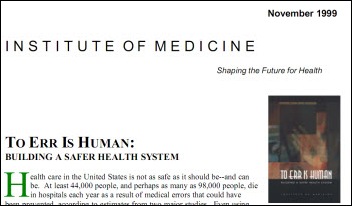













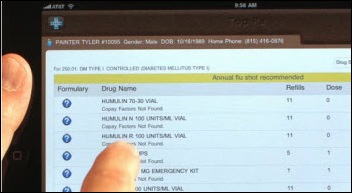




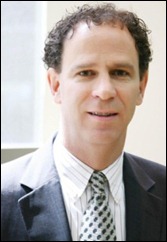


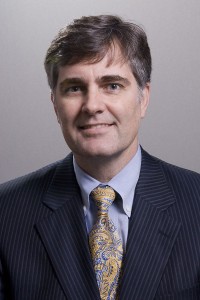







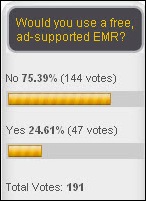





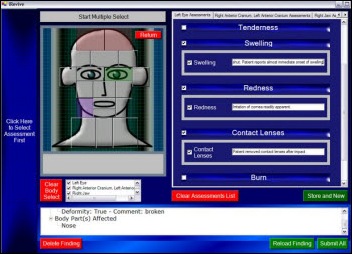
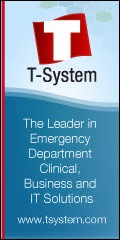
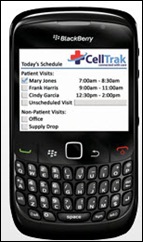
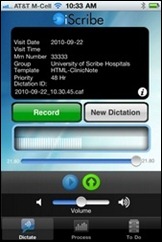




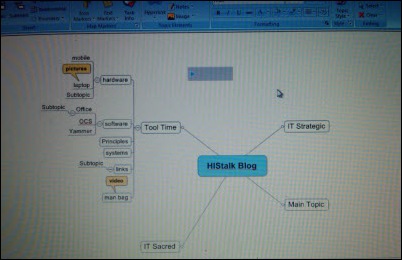

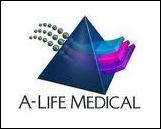

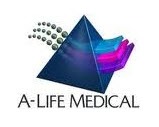

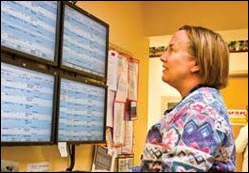
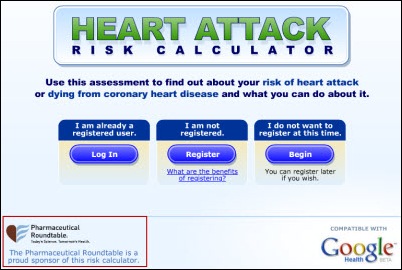


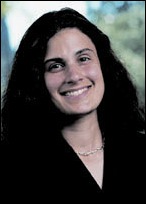


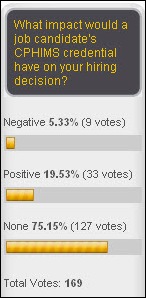


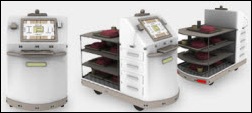


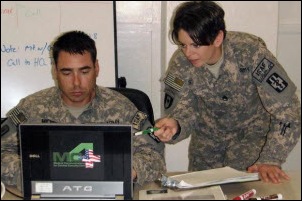

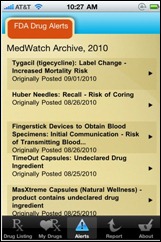




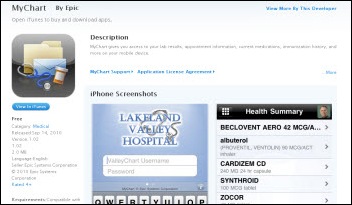




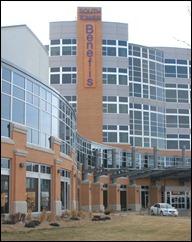


I hear you, and I agree—HIMSS is definitely facing some big challenges right now. The leadership and governance issues you…